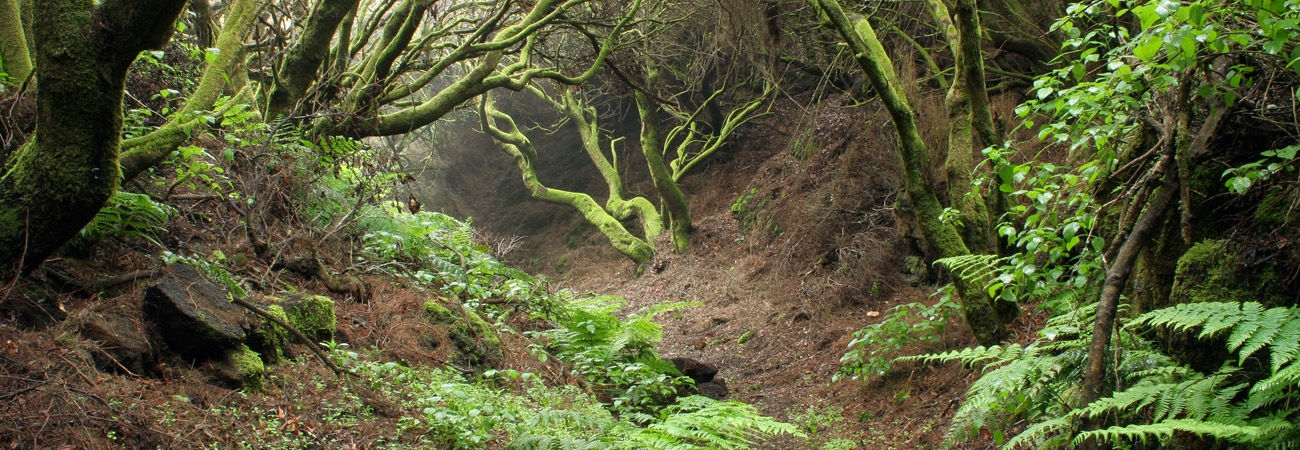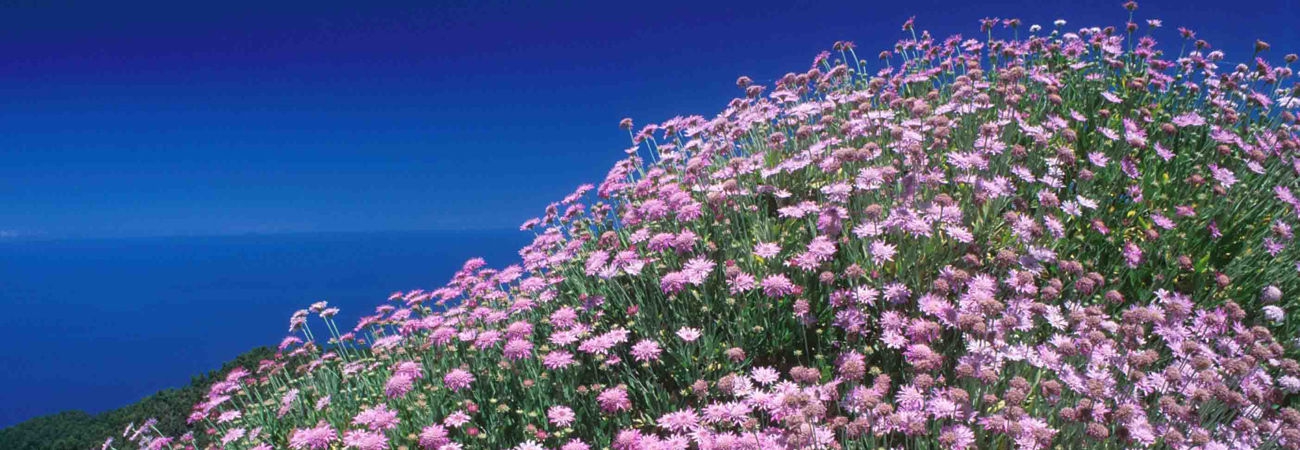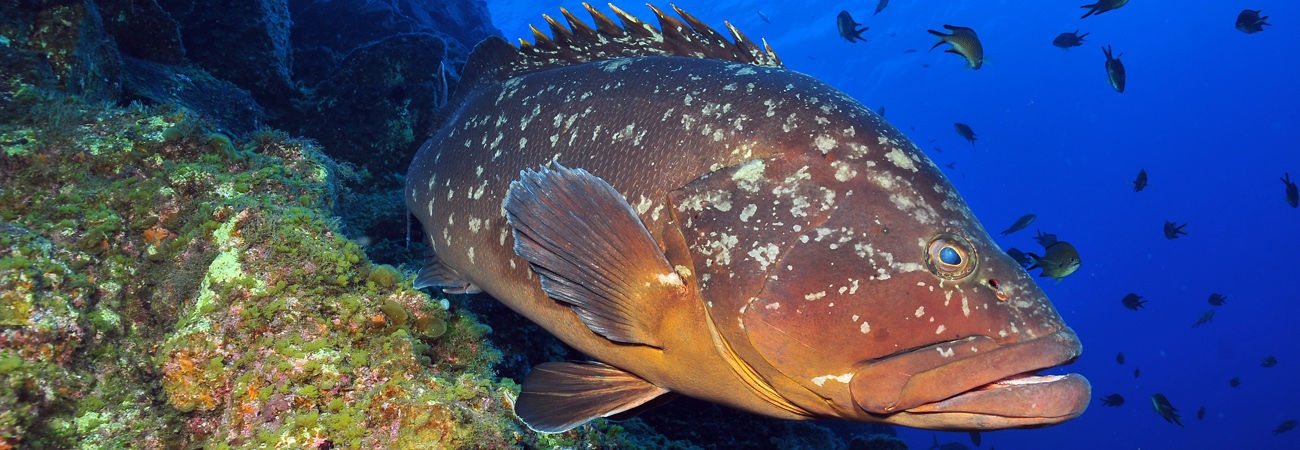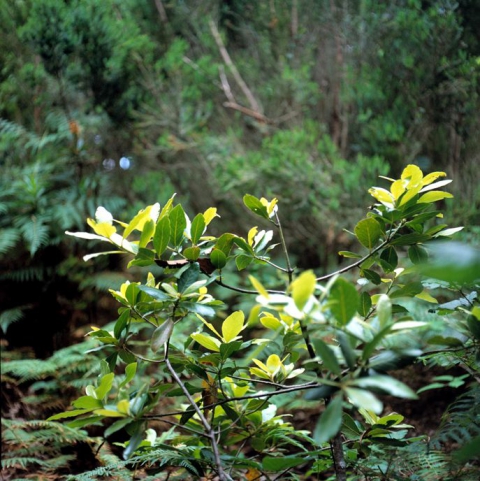Flora and Fauna: Introduction
Macaronesia is the collective name given to five chains of islands situated in the east central area of the North Atlantic Ocean. The islands are: the Azores, Madeira, the Selvagens, the Canary Islands and Cape Verde.
The Canary Islands are the group with the greatest wealth of flora. Moreover, it is the fourth natural region in the world for endemic flora, with 1700 reported higher plant species, of which some 20 genera and more than 500 species are endemic.
According to the former C.E.I.C. (Icona Canary Island Ecological Centre) data there are a total of 1919 species of plants in Spain, of which 505 are endemic Canary Island species.
Concerning the fauna, in the Canary Islands, there are more than 6000 species of invertebrates and 109 species of vertebrates, 20 of these latter species were introduced by man.
Despite its small size (2034 Km2), even though it is the largest of the group, Tenerife has a surprisingly rich biological diversity due to its special climate.. The rugged terrain of the island locally modifies the general weather conditions, generating a wide range of micro-climates.
The abundance of micro-climates, and, therefore, natural habitats, is clearly reflected in the rich and varied vegetation to be found on the island (1400 species of higher plants, including many species endemic to the Canary Islands (200) and to Tenerife (150).
A heritage of 150 plant species that are exclusive to Tenerife gives the island the greatest wealth of endemic species in the whole of Macaronesia. The combined action of all the different weather-related agents on the variety of volcanic materials has also led to a wide range of soil types.
The influence of all these different factors has generated a whole variety of habitats that shelter many different communities of plants and animals, whose interactions constitute the outstanding ecosystems of Tenerife. The vegetation of Tenerife can be divided into 6 major zones that are directly related to altitude and the direction in which they face.
LOWER XEROPHYLIC ZONE: 0 - 700m. Xerophylic shrubs that are well adapted to long dry spells, intense sun-shine and strong winds. Many endemic species. Spurges, cactus spurge, wax plants, etc.
THERMOPHILE FORESTS: 200 - 600 m. Transition zone. Moderate temperatures and rainfall. Area deteriorated by human activity. Many endemic species: Juniper, dragon trees, palm trees, etc.
LAUREL FOREST: 500 - 1000 m. Dense forest of large trees, descendants of the Tertiary Age flora, situated in a zone of frequent rainfall and mists. A wide variety of species with abundant undergrowth of bushes herbaceous plants and ferns. Laurels, holly, ebony, mahogany, etc.
WAX MYRTLE - TREE HEATH: 1000 - 1500 m. A dryer vegetation, poorer in species. It replaces the degraded laurel forest. Of great forestry importance. Wax myrtles, tree heath, holly, etc.
PINE FOREST: 800 - 2000 m. Open pine forest, with thin and unvaried undergrowth. Canary Island pine, broom, rock rose, etc.
HIGH MOUNTAIN: over 2000 m. Dry climate, intense solar radiation and extreme temperatures. Flora well adapted to the conditions. Endemic species of great scientific importance and beauty. Vipers bugloss, Teide white broom, Teide violet, etc. The fauna of the island is also highly interesting, with many endemic invertebrates and unique reptile, bird and mammal species. The fauna of Tenerife includes some 400 species of fish, 56 birds, 5 reptiles, 2 amphibians, 13 land mammals and several thousand invertebrates, along with several species of marine turtles, whales and dolphins.










